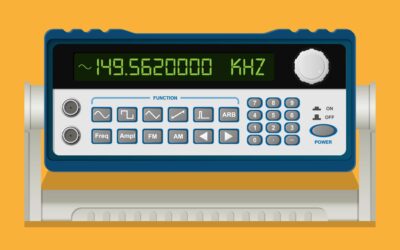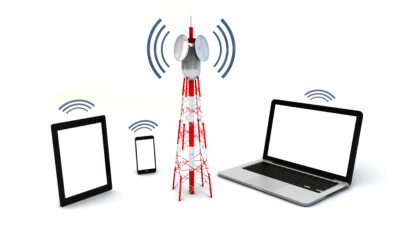RF Safety: The Silent Protector of Wireless Communication

Wireless communication has become an integral part of our daily lives, facilitating seamless connectivity and information exchange. From cell phones and Wi-Fi to broadcast and telecommunications, the use of radio frequency (RF) technology has revolutionized the way we communicate. However, alongside the unparalleled convenience and flexibility that RF technology offers, there lies an often overlooked but crucial aspect – RF safety. The term “radio frequency” may sound benign, but the impact of RF radiation on human health and safety is a topic of significant importance. In this article, we will explore the world of RF safety, its key aspects and shed light on its role as the silent protector of wireless communication.
Understanding RF Radiation
RF radiation is a form of non-ionizing electromagnetic radiation characterized by its relatively low frequency and long wavelength. It is commonly associated with wireless communication devices, including cell phones, radios, and Wi-Fi routers, as well as infrastructure such as cell towers and broadcast antennas. While non-ionizing radiation does not have enough energy to ionize atoms or molecules, it can still generate heat if exposure levels are high.
Risks and Regulations
The concern over RF radiation primarily stems from its potential to cause thermal effects on the human body. Prolonged and excessive exposure to RF radiation can result in tissue heating and, in extreme cases, lead to thermal burns. To safeguard against these risks, regulatory bodies such as the Federal Communications Commission (FCC) in the United States and the International Commission on Non-Ionizing Radiation Protection (ICNIRP) have established safety guidelines and exposure limits for RF radiation. These standards ensure that the levels of RF radiation emitted by devices and infrastructure remain within safe bounds, protecting both the public and workers in the telecommunications industry.
Mitigating RF Exposure
In the realm of broadcast and telecommunications, companies like Smith & Fisher play a pivotal role in ensuring RF safety. Through comprehensive engineering solutions and meticulous planning, these consultancies work to minimize RF radiation exposure for both workers and the general public. This includes conducting thorough site surveys, implementing effective shielding measures, and adhering to regulatory compliance to maintain a safe environment for all stakeholders involved in wireless communication operations.
The Role of Education and Awareness
Apart from regulatory oversight and industry expertise, education and awareness form essential components of RF safety. Consumers need to understand the potential risks associated with RF radiation and the measures they can take to minimize exposure. Simple steps such as maintaining a safe distance from antennas and using devices following manufacturers’ recommendations can significantly reduce the impact of RF radiation on personal health.
Conclusion
RF safety stands as an indispensable element in the realm of wireless communication. As the demand for connectivity continues to soar, ensuring the responsible deployment and operation of RF technology becomes paramount. Companies like Smith & Fisher, with their commitment to affordable and flexible engineering solutions, play a crucial role in upholding RF safety standards. By prioritizing education, regulatory compliance, and proactive risk mitigation, the industry can continue to harness the power of RF technology while safeguarding the well-being of individuals and communities. Contact us today to learn more and ensure your RF safety protocols are robust and effective.
Recent Posts
- Integrating Low Power TV with Digital Platforms
- FCC’s New Channel Change Opportunity for Class A TV, LPTV, and TV Translator Stations
- Shedding Light on RF Radiation Hazards for Outdoor Jobs
- The Impact of Radio Frequency Radiation on Everyday Living
- RF Safety: The Silent Protector of Wireless Communication






